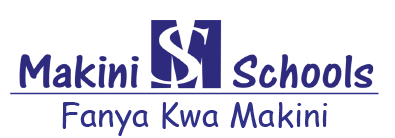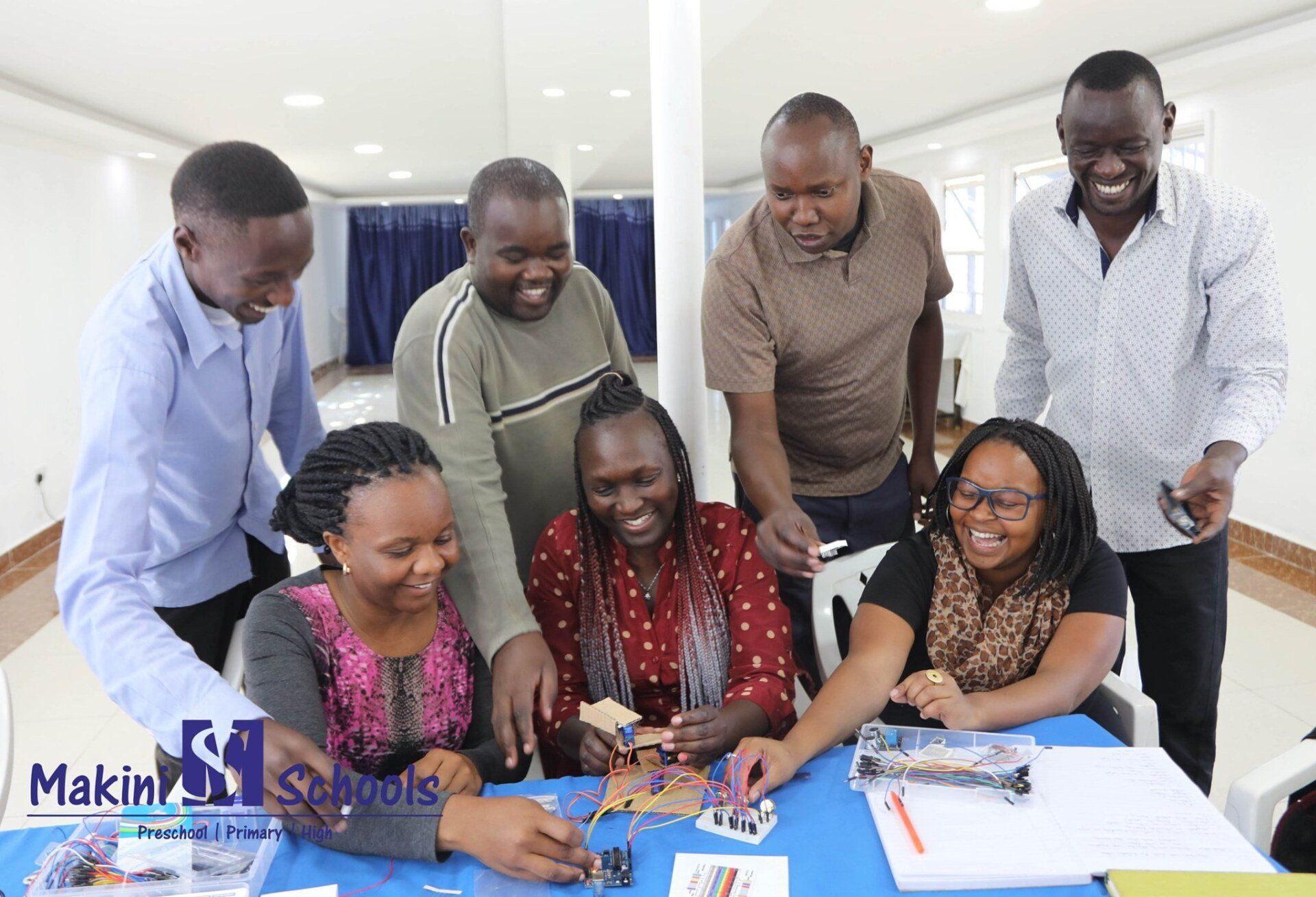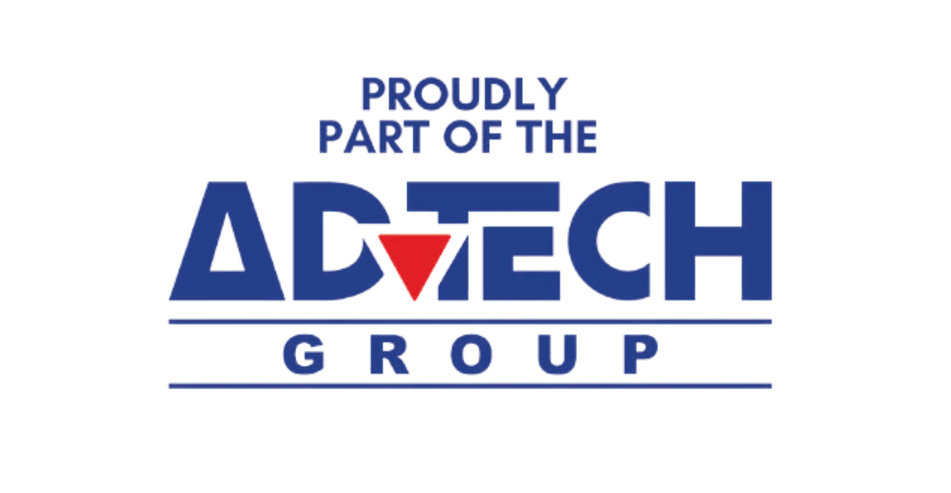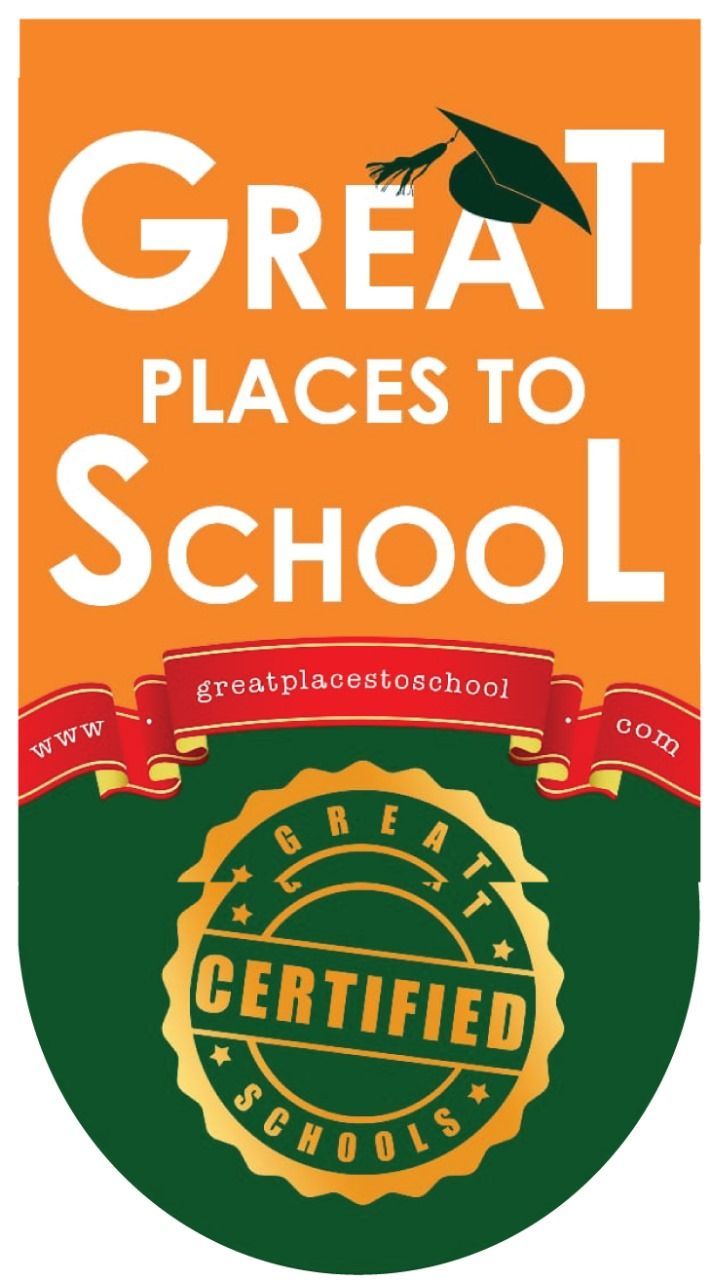Navigating Career Pathways in the CBC
Kenya’s education sector has taken a bold step away from an exam-heavy, memory-based system and introduced the Competency-Based Education Kenya (CBC). This new curriculum started with children who joined grade one in 2017. It is designed to prepare learners for the ever-changing demands of the world we live in and goes beyond traditional examinations by emphasizing skills, creativity and real-world problem-solving. At its core, the CBE education system aims to nurture learners’ talents and interests while creating clear career pathways in CBE that guide them toward fulfilling futures.
What is the Competency-Based Education (CBE)?
The Competency-Based Education in Kenya was introduced to replace the long-standing 8-4-4 system. Many argued that the old system was too exam-oriented and left learners ill-prepared for the practical challenges that our world demands. Unlike its predecessor, the CBE emphasizes a learner-centred approach where growth is measured through exams as well as through the mastery of competencies including critical thinking, communication and creativity.
The CBE is designed to equip students with both academic knowledge and practical skills, ensuring holistic development. In this way, the CBE education system encourages learners to explore, innovate and align their studies with future careers.
Understanding Career Pathways in CBE
What are the career pathways under CBE? These are structured routes that learners follow based on their interests, strengths and demonstrated competencies. Instead of forcing learners into a one-size-fits-all academic mould, CBE opens doors to multiple pathways like:
- STEM pathways for learners who are passionate about science, technology, engineering and mathematics.
- Arts and Sports pathways for those who are talented in music, fine arts, drama and sports.
- Technical and Vocational pathways that prepare students for skilled trades, entrepreneurship and innovation.
The system ensures that learners can pursue CBE career choices that match their unique strengths, while also addressing Kenya’s diverse economic needs.
The Skills CBC Equips Students With
One of the major strengths of the CBE education system is its focus on skills-based learning in Kenya. Students aren’t just taught content. They are also encouraged to apply their knowledge in meaningful ways. Among the critical skills gained are the following:
- Critical thinking and problem-solving: This enables learners to analyse situations and develop practical solutions.
- Creativity and innovation: Fosters entrepreneurial mindsets and inventive thinking.
- Collaboration and communication: Equips learners to work effectively in teams and share ideas clearly.
- Practical technical and vocational skills: Prepares learners to thrive in industries like ICT, construction, design, and agriculture.
These comprehensive skills ensure that Kenyan learners are competitive globally and adaptable to the evolving world and job market.
Opportunities After CBE
“What comes after CBE?” That is one of the main questions parents and learners ask. The answer to this is broad and full of promise.
Post-CBE opportunities include:
1. Transition to higher learning
Learners can progress to universities, colleges, and TVET institutions depending on their chosen pathways.
2. Entrepreneurship
With a strong emphasis on innovation, learners are well-equipped with the skills to create businesses or community projects from an early age.
3. Global career readiness
By mastering 21st-century skills, learners are prepared to compete internationally and take full advantage of the opportunities in an interconnected world.
The variety of CBE career choices ensures that no learner is left behind, regardless of whether they excel academically, artistically or technically.
Challenges in Navigating CBE Career Pathways
Despite the promise of the CBE education system, there are still challenges that must be faced. Among the key issues are:
- Limited awareness: Many parents and learners are still unfamiliar with how the career pathways in CBE work.
- Resource gaps: Some schools face shortages of equipment, facilities and trained staff for the practical learning side of this curriculum.
- Need for career guidance: Learners require strong mentorship and counselling to ensure that they are able to navigate their options effectively.
Addressing these challenges is crucial to making sure that all learners are able to fully benefit from the pathways under CBE.
How Parents and Educators Can Support Learners
The success of CBE career choices depends heavily on the involvement and collaboration among parents, teachers and communities. Below is a breakdown of how each group can play a role:
- Parents should observe their children’s strengths, encourage exploration and seek information on the pathways that are available.
- Educators act as mentors and should therefore guide students in identifying their talents and nurturing their competencies.
- Communities and industries provide exposure through internships, workshops and mentorship opportunities.
When this effort is combined, learners can make informed choices that align with both personal aspirations and the needs of Kenya’s economy.
The Future of Career Pathways in Kenya’s CBE System
The government and education stakeholders continue to refine the CBE education system, with policies aimed at strengthening infrastructure, teacher training and career guidance services. Long-term, the system has the potential to produce a workforce that is highly skilled, drives innovation and economic growth.
The focus on skills-based learning in Kenya means that future generations will not only seek jobs but also create them. Ultimately, this will transform Kenya into a hub of entrepreneurship and global competitiveness.
The Competency-Based Education marks a significant turning point in Kenya’s education journey. By offering multiple pathways under CBE, focusing on skills-based learning Kenya and preparing learners for both local and post-CBE opportunities, it empowers students to shape their own futures.
For CBE to fully succeed, parents, teachers and policymakers must work together to guide learners along their chosen paths. In doing so, Kenya will raise a generation ready to take on the world with confidence, creativity and competence.
Makini School offers the International Cambridge Curriculum as well as the Competency-Based Education. We aim to focus on developing core competencies and practical skills learners need for a dynamic future. Find out more about us here
FAQs
1. What career pathways are available under the CBE system in Kenya?
CBE offers STEM, Arts, Sports and Technical/Vocational pathways. This allows learners to specialise in areas that are aligned with their talents.
2. How does CBE prepare students for future careers compared to 8-4-4?
Unlike the exam-heavy 8-4-4, CBE focuses on competencies, practical skills and creativity. This holistic approach ensures that learners are career-ready.
3. What role do parents play in guiding CBE career choices?
Parents help identify strengths, encourage exploration and support informed decisions about pathways.
4. Are there challenges with implementing CBE career pathways in Kenyan schools?
Yes. Some of the challenges include limited awareness, resource gaps and the need for better career guidance.
5. What opportunities can students pursue after completing CBE?
Learners can transition to universities (locally and internationally), TVETs, entrepreneurship or global careers.













